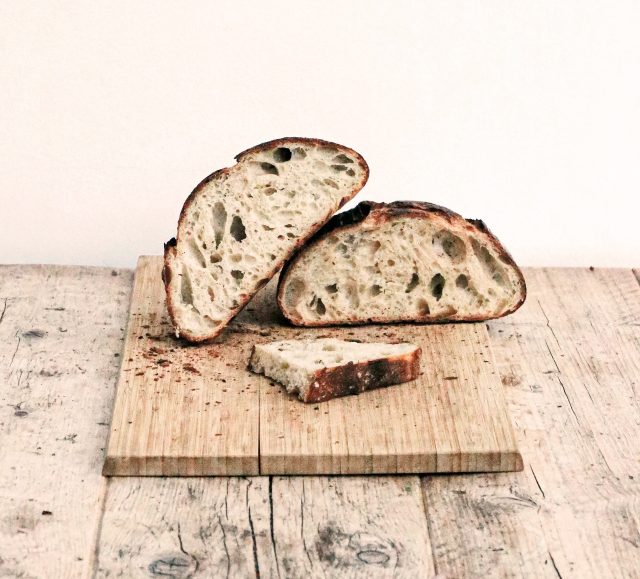Part 1 – Fermented Foods
Fermentation is a natural process where microorganisms (bacteria and yeast) break carbohydrates down into acid and/or alcohol. Fermentation essentially breaks food down so that it is easier to digest and boosts the beneficial bacteria that are good for your gut health.
The microorganisms that break down the carbohydrates can be either wild — that is existing in the air — or they can be in the form of specifically bred yeasts and/or bacteria, added under more controlled conditions. The acid or alcohol that is produced as a result of the fermentation preserves the food (or drink) that has been fermented.
Fermentation plays a role in many common foods and beverages such as bread, chocolate, yoghurt, salami, kimchi, sauerkraut, wine, beer, vinegar, kombucha, jun, kefir and ginger beer.
Alcohol is produced as a result of a fermentation involving sugar specifically, whereas lactic acid fermentation is what occurs in foods with very little sugar present. There are also fermentations that involve both alcohol and acid. Vinegar, for example, is made when acetic acid bacteria feeds on alcohol to form acetic acid.
Traditional sourdough bread is made by a fermentation of wild yeast and bacteria with flour, salt, sugar and water, whereas ‘regular’ bread is made using a specific bread yeast. Carbon dioxide is formed as a result of the yeasts eating the sugars in the flour as well as added sugar. Proteins trap the carbon dioxide, which causes the bread to rise.
There are good bacteria on the surface of vegetables and fruits, which enables spontaneous fermentation, without the necessity of adding any additional bacteria or yeasts to begin the fermentation process. However, sometimes it is preferred to add a starter culture or a known bacteria and/or yeast so that the result is more predictable.
Fruit fermentation will always produce alcohol due to the sugar content, whereas cabbage fermentation will not form alcohol. Temperature and oxygen content can also be altered to give a more predictable and consistent result. The flavours will be varied using wild fermentation. This can be good or bad, depending on what microorganisms are around at the time. Sometimes less-desirable species can spoil a ferment, or there can be conditions that favour ‘bad’ bacteria, causing problems with the safety of the ferment, however, if a good standard of cleanliness is maintained, this is easy to avoid.
Next month we will look at the difference between different fermented beverages.








